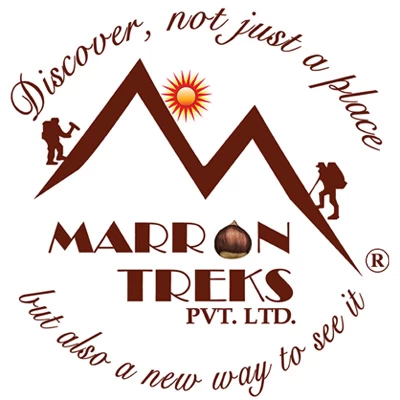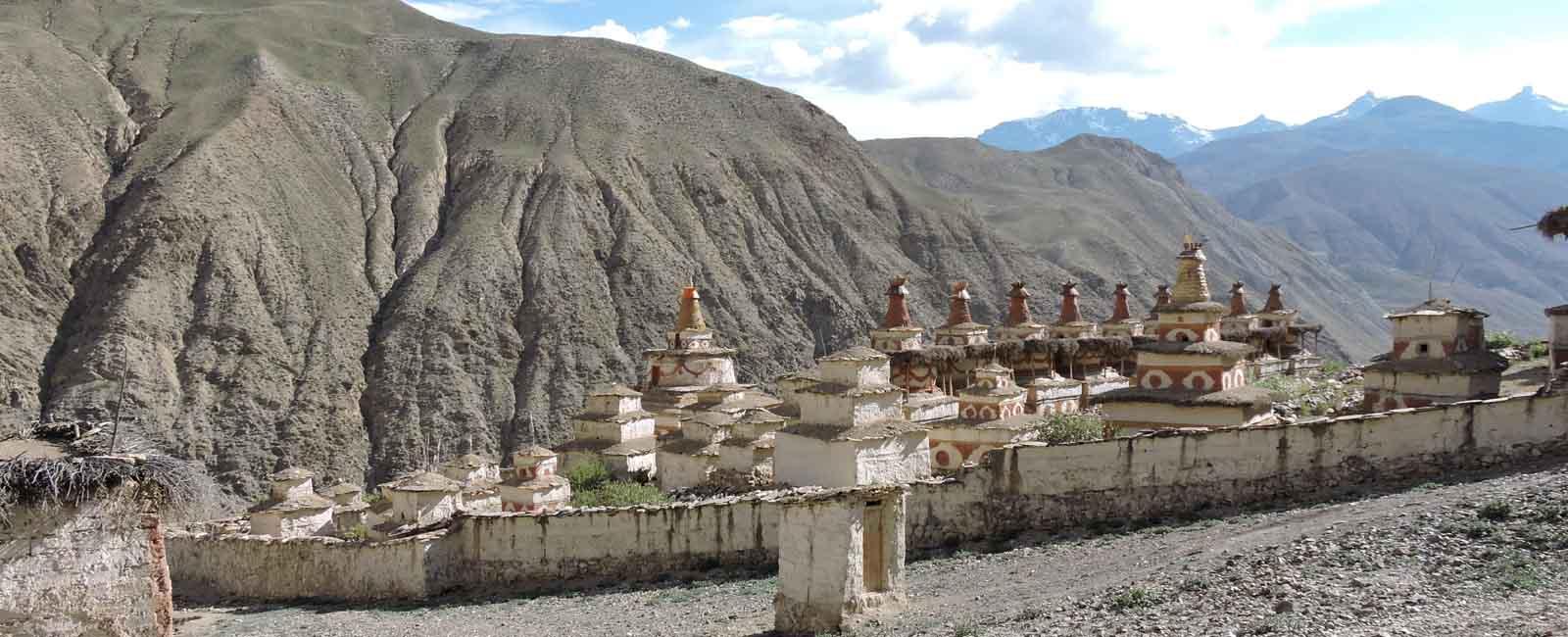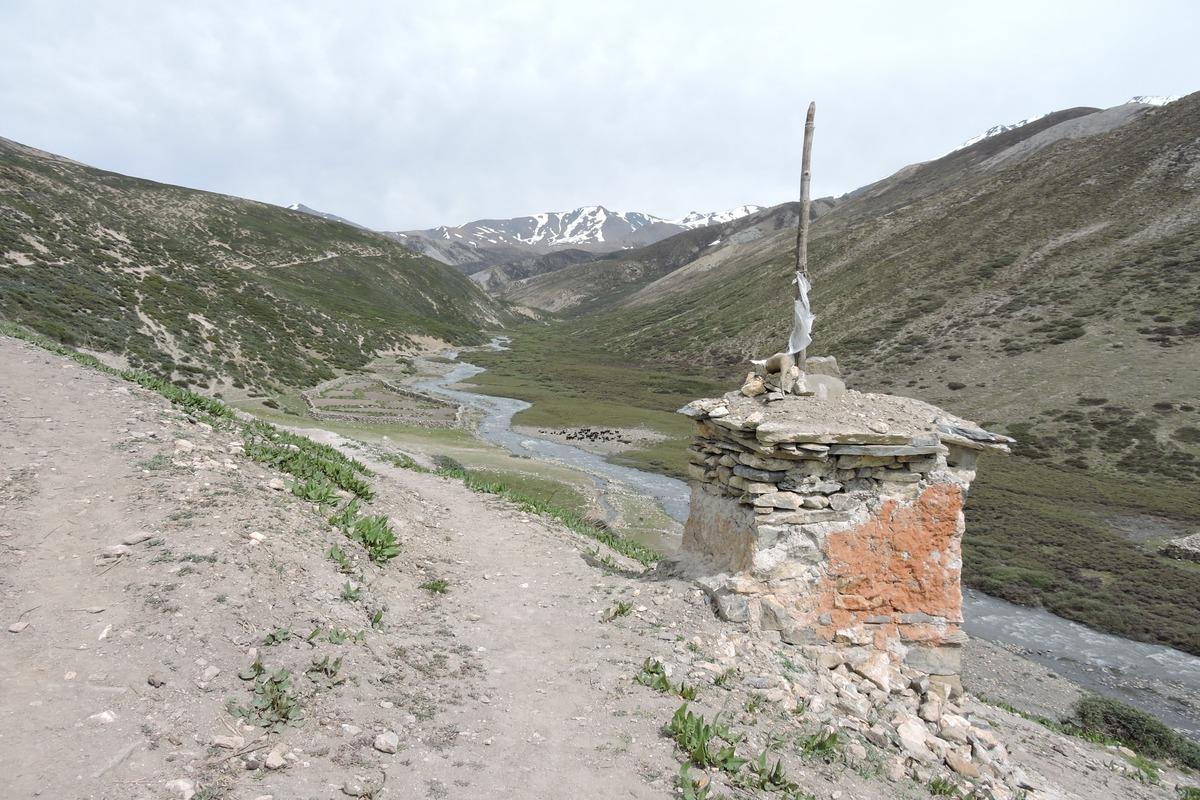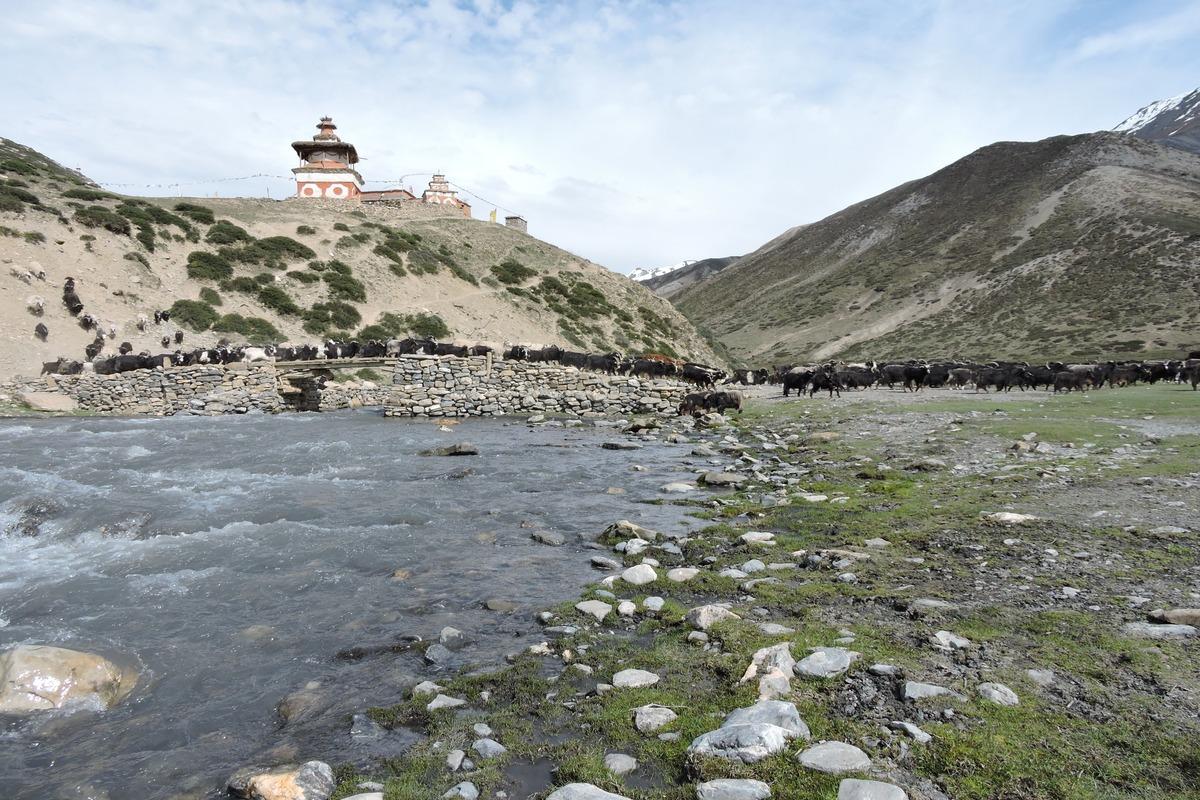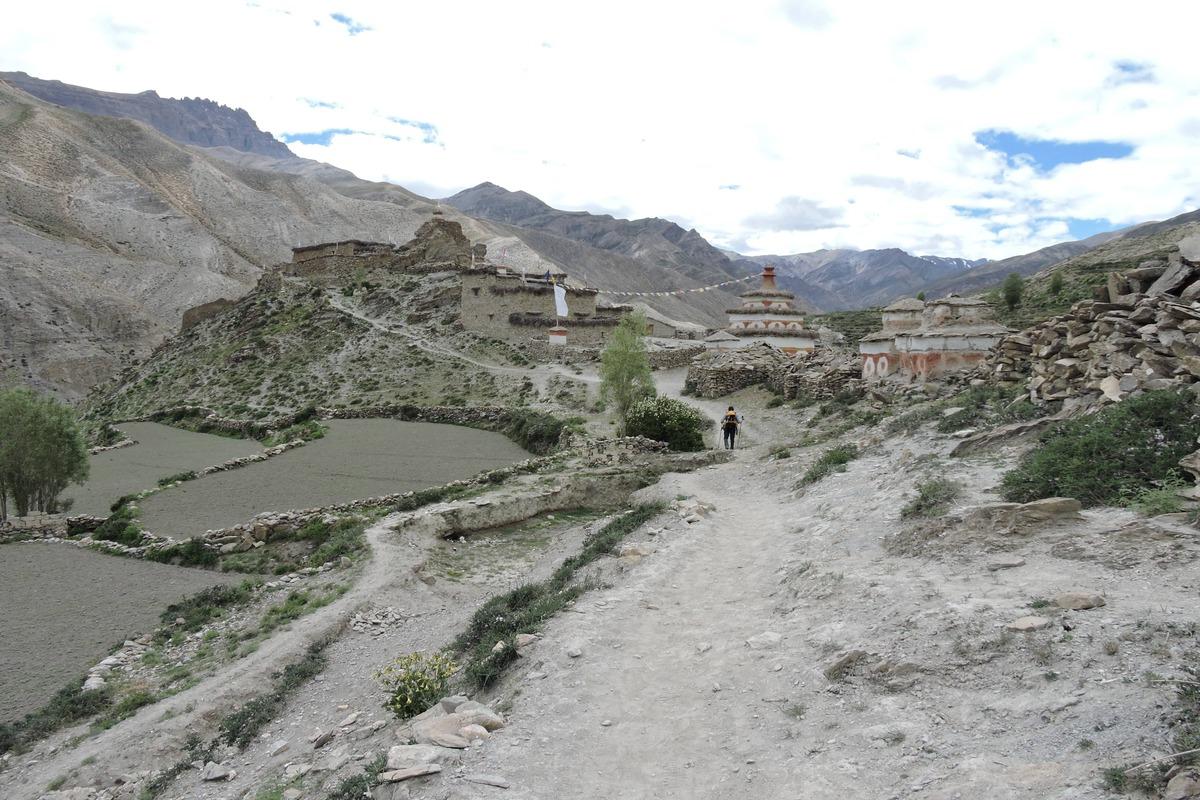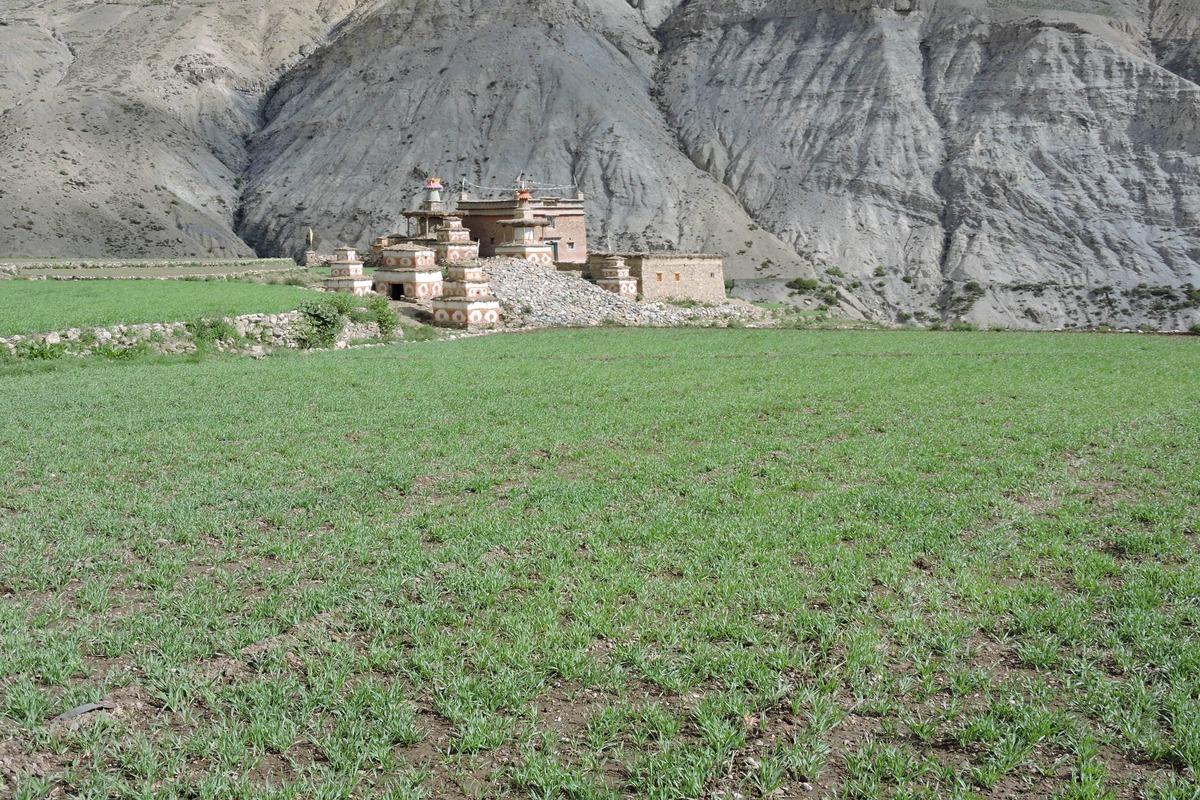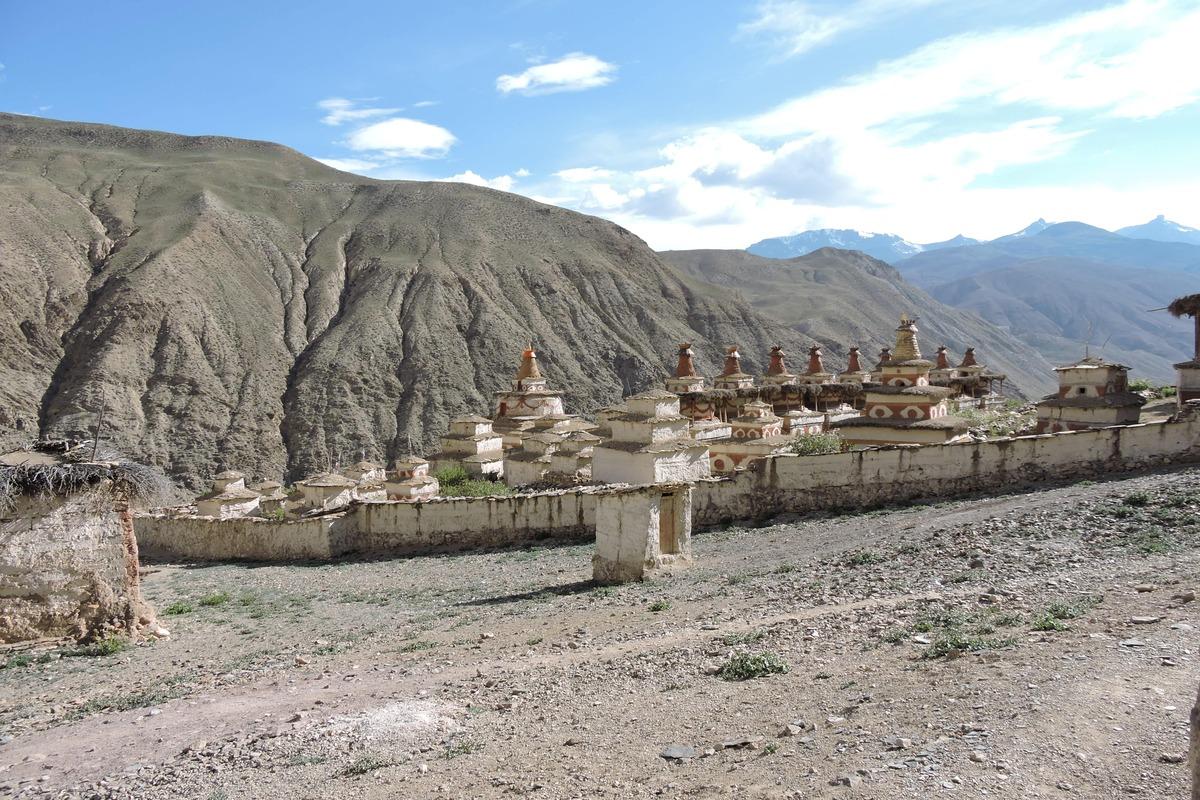Lower Dolpo Trekking
Trip at a Glance
Lower Dolpo Trek is not a widely recognized trek route in Nepal and is done in the Dolpo region of Nepal. The trek is undertaken in the remote Dolpo region of Nepal and offers the thrill of off-the-beaten-path trekking in the Himalayas. Dolpo is located on the western hills of Nepal in Karnali Pradesh.
Trek to Lower Dolpo offers hiking along with stunning landscapes, passing over deep valleys, crossing high mountain passes, and picturesque villages. Along the route, trekkers will experience the unique culture and traditions of the locals, not to mention the eye-catching Himalayan panorama.
Lower Dolpo Trek itinerary consists of crossing over high mountain passes like Numa La Pass and Baga La Pass, offering spectacular views of the surrounding snow-capped mountains. You will trek inside Shey Phoksundo National Park, the largest trans-Himalayan national park in Nepal, witnessing it’s rare flora and fauna of the region.
Another highlight of the trek is visiting the turquoise Phoksundo Lake, located at 3.611 meters. Phoksundo Lake is an alpine freshwater lake located in the Dolpo region. The trekking trails to Phoksundo are difficult and rough, yet the rewards are overwhelming.
Lower Dolpo Trek is a challenging adventure yet rewarding trek high up in the Himalayas suitable for anyone looking to explore remote and isolated areas of the Himalayas.
Lower Dolpo Trek Highlights:
- Ideal trip for the long holidaymakers aspiring to take a plunge into the far-flung mystique chunk of Nepal
- Navigate Nepalgunj, the western region hub of Nepal.
- Relish the serene beauty of the milieu as you pass by the turquoise waters of Phoksumdo Lake.
- Explore two of the oldest monasteries in Nepal—Pal Sentan Thansoon Chholing Gompa & Shey Gompa—and know some of the most interesting anecdotes associated with them.
- Visit the largest conservation area in Nepal, Shey Phoksumdo National Park.
- Walk up to the several passes above 5000 meters: Saldang La (5200 m), Jeng La (5090 m) and Kang La (5360 m)
- An exploration day in the lush verdant milieu of the Tibetan-style village, Dho Tarap—interact with the local inhabitants and get a real sense of Tibetan life patterns.
Itinerary
Day 01: Arrival in Kathmandu
Day 02: Fly from Kathmandu to Nepalgunj (150m /1 hour)
Day 03: Fly from Nepalgunj to Jhupal (Dolpo) (2,490m /35mins) and trek to Dunai (2,850m /2-3 hours trek)
Day 04: Trek Dunai to Tarakot (2,543m /5-6 hours)
Day 05: Trek Tarakot to Laini (3,160 m /6-7 hours)
Day 06: Trek Laini to Nawarpani (3,545m /5-6 hours)
Day 07: Trek Nawarpani to Dho Tarap (4040m/7-8 hours)
Day 08: Rest Day at Dho Tarap for acclimatization (4040m)
Day 09: Trek to Numa La Base Camp (4440m /6-7 hours)
Day 10: Cross Numa La pass (5,190m), camp at Pelung Tang (4465m /6-7 hours)
Day 11: Cross Baga La pass (5,070m), trek to Dajok Tang (4,080m/6 hours)
Day 12: Trek Dajok Tang to Ringmo (3,600m/3-4 hours)
Day 13: Hike to Phoksundo Lake (3600m/4-5 hours)
Day 14: Trek Phoksundo Lake to Shyanta (2520m /5-6 hours)
Day 15: Trek Shyanta to Jhupal (2,490m/5-6 hours)
Day 16: Fly to Nepalgunj (150m/35mins) & further flight to Kathmandu (1400m /1 hour)
Day 17: A free day in Kathmandu
Day 18: Final departure
Upon arrival at the Tribhuwan International Airport in Kathmandu, you will be received by a representative from Marron Treks and then transferred to your hotel. At the hotel, you will be greeted with welcome drinks. We then will have a quick pre-trip gathering where you will be briefed on the necessary formalities and your trekking itinerary. After the meeting, you can spend the remaining time resting and relaxing to avoid jetlag.
After breakfast, you will be driven to Kathmandu Domestic Airport. About an hour’s flight would take you to Nepalgunj, the western region hub of Nepal, which borders the Indian state of Uttar Pradesh to the South. As we don’t have a connecting flight to Juphal, from where our trek commences, it allows us to explore this hot and humid town. The city centre, Dhamboji, happens to be the business hub with a plethora of hotels and shops. Hindu as well as Muslim cultures influence the town. Bageshwori temple and Muslim market are also worth visiting.
We take an early morning flight to Juphal after breakfast. Dolpo flights are always scheduled early in the morning as by 10 am, the swift winds in the ThuloBheri Valley begin to swirl causing serious problems for the flights scheduled later. Once we arrive at Juphal, we meet our trekking crew and commence our trek towards Dunai. We walk downhill through the meadow, pass by a few houses and arrive at a small hotel at Kala Gaura (2090m). From here, the trail goes slightly up towards the Bheri River and then to a narrow gorge. Advancing, we finally arrive at Dunai, the administrative centre of the Dolpo region. We set up our camp here and then explore this bustling little hill town for the rest of the afternoon.
After breakfast, we continue our trek along the southern bank of the Bheri River heading upstream on an easy trail. Along the way, we pass through several deep gorges, isolated villages and hanging bridges, pine forest and a path built about seven meters above the river. After walking for a while, we will be greeted by the terraced field of Tarakot, a small village that stands on a hillock to the south of the Bheri River.
After breakfast, we leave for Laini walking alongside the Tarap Chu River. We come across a famous Gompa named SandulGompa which lies at a juncture between BarbungKhola and Tarap Chu river. We continue walking on a trail that takes us through beautiful terraces farms and rural villages. After several ascending and descending and crossing several suspension bridges, we finally reach Laini.
We start our trek early morning after breakfast. We continue our trail walking on the way made by steep stones following the Tarap Chu River. Today’s walk is quite exciting as we will get some narrow gorges that in some places we have to jump from one side to another. On some paths, we have to place logs between the stones and make our way. After vigorous climbs and descents, we will reach the banks of the ChyugurKhola, from where we reach Nawarpani.
We begin today’s trek by gradually ascending to Kamattarka at the confluence of the Tarap Chu and Lang Khola. We cross a narrow gorge and leave the tree line behind us leading us to wild rose and juniper bushes, typical of dry inner Himalayan valleys. After several hours of walking, we reach the village of DhoTarap which is surrounded by an irregular stone wall. The Dho village is pretty interesting, as both Bon Po and Chaiba religious sects reside together and we can find thirty-four houses divided into three groups and built-in random fashion. Tarap is inhabited by a few Tibetans and mostly Magars who have lived here for many generations.
Today is a well-deserved rest day free from the hassles of packing. We will spend the day visiting nearby monasteries and interacting with locals and familiarising ourselves with the local culture. The people in Dolpo wear homespun clothing that is sometimes dyed a maroon colour which favours Tibetan style samba or dacha (boots with upturned toes). Both men and women wear religious strings of coral, amber and turquoise and amulets. The people of this region are both Bon Po and Nyingmapa of the Buddhist sects.
We trek towards the Upper Tarap Valley, the trail leads us inside the plain valleys with beautiful views of lush grasslands on both sides of the river which is unique to this part of the inner Dolpo. We walk alongside the Tarap Chu River and take pleasure in the amazing views of the Vas Tarap Valley with its plains and high mountains. After a few hours’ of walk, the path leads us to the village of Tokyu where we can find a monastery of the Chiba sects. After exploring this monastery, we continue walking up the valley on a difficult and rough trail for about 3 hours and finally reach Numa La Base Camp.
Today is the toughest and the longest day of our trek. After breakfast, we continue with the crossing of Numa La Pass at 5,190m on a steep trail up the top ridge of the pass. From the top of the ridge, we get a fantastic view of the barren mountains of Dolpo, the surrounding landscapes and the valleys including the north face of the Dhaulagiri massif (8,167m). After enjoying the glorious moment at the pass, almost 3 hours of descending hiking brings us to camp at Palungtang (4,465m).
After breakfast, we begin our steep climb up to the top of Baga La pass at 5.070m. From here, we get fabulous views of the dry landscape and the distant snow-capped mountains including Mt. Kanjirowa. After spending some time at the top of the pass enjoying the mesmerizing views, we descend to Dajok Tang which is about 3 hours of hike.
We spend most of today’s trek walking along with the beautiful pine forests and alpine vegetation. After trekking for a short while on an easy trail with only gradual highs and lows, we reach Ringmo Village and the crystal serene Lake of Phoksundo. This village is one of the popular traditional Tibetan villages of the Dolpo region.
Today we explore the Tibetan Buddhist monastery in Ringmo and the great Phoksundo Lake and camp at its shores. We can see yak caravans moving in and out of Ringmo mostly towards Tibetan borders on remote mountain trails. This location is also covered in the Hollywood movie ‘Caravan”. Upon reaching Phoksundo Lake, we can enjoy a relaxing walk on the serene lake’s shores and just chill out here and let our spirits go free.
After spending a wonderful time in Phoksundo Lakeshore the next morning after breakfast, we trek downhill to Chepka. Its place is believed to be home to many important medicinal minerals which cure many diseases. The route then passes through some lovely villages, before climbing to Shyanta.
We march towards Jhupal via Sulighat on a trail surrounded by birch trees. From atop a ridge, we get the most spectacular views of the mountain above us and Jhupal Village below. We walk uphill through meadows and past a few houses to the small hotel at Kala Gaura (2090m). After reaching Jhupal, the end point of our trek. We can spend our afternoon exploring Jhuphal, the busy market town, or simply taking a rest
We take the earliest flight from Jhupal to Nepalgunj. Upon reaching Nepalgunj, we take the next flight to Kathmandu. After reaching Kathmandu, we check in to the hotel for an overnight stay and get refreshed and relax to do away with the fatigue.
This is a free day in Kathmandu to fulfill anything that you missed out spotting in this energetic capital of Nepal. In the event that the flight to Kathmandu is delayed, it is also a spare day. You can indulge yourself in shopping or strolling around some of the cultural and historical landmarks of Kathmandu. Thamel is your hot spot for shopping where you can haul all the souvenirs representing Nepal and its culture. May be that in addition to your interesting trip anecdotes, you would also want to take back some stuff for your friends and relatives. In the evening, a farewell dinner with a range of traditional Nepali cuisines, will be hosted by Marron Treks. Enjoy the dinner, pack/prepare yourself for a flight back home and have a beauty sleep.
Time to part and say good bye! A representative from Marron Treks will escort you to the Tribhuwan International Airport, three hours prior to your filght schedule. Hope you enjoyed every bit of the moment being with us as much as we did being with you. Have a safe journey and we look forward to being your adventure companion in Nepal again. Trips can always be extended to try out some of our other adventurous packages like – Bungy Jumping, Mountain Biking, Jungle Safari, White Water Rafting, Golfing & Paragliding etc. Please let us know about your desire for trip extension so that we can make the necessary arrangements.
What is included?
- Airport pick-up and drop services.
- Hotel accommodations in Kathmandu & Nepalgunj with breakfast.
- Kathmandu/Nepalgunj/Juphal/Nepalgunj/Kathmandu round airfares.
- All trekking accommodation (in tented camps) with breakfast, lunch, & dinner.
- Guides, porters, kitchen staff, and helpers wages for the trekking period.
- Four seasonal sleeping bags (to be returned after trip completion) & Marron duffel bags.
- A comprehensive medical kit will be carried by the trekking guide
- Personal insurance for crew members.
- Lower Dolpo Special Permit & Shey Phoksundo National Park Permit.
- Farewell dinner with live Nepalese cultural program.
- All government and local taxes.
What is not included?
- International airfare.
- Nepal entry visa fee – Visa can be obtained upon your arrival at the Tribhuwan International Airport in Kathmandu. (USD30 for 15 days)
- Lunch & dinner In Kathmandu.
- Personal travel insurance.
- Emergency rescue evacuation (to be covered by the client's travel insurance).
- Bar bills, alcoholic drinks & beverages.
- Excess baggage charges (luggage allowance for domestic airlines in Nepal is 15 kgs.).
- Other expenses of personal nature (phone calls, laundry, battery recharge, extra porters, bottle or boiled water, shower etc.).
- Cost incurred due to the addition of extra days or change in the real course of the itinerary because of bad weather conditions, political turmoil or any other unforeseen contingencies.
- Tips for guides, porters & crew (Tipping is expected).
Route Map
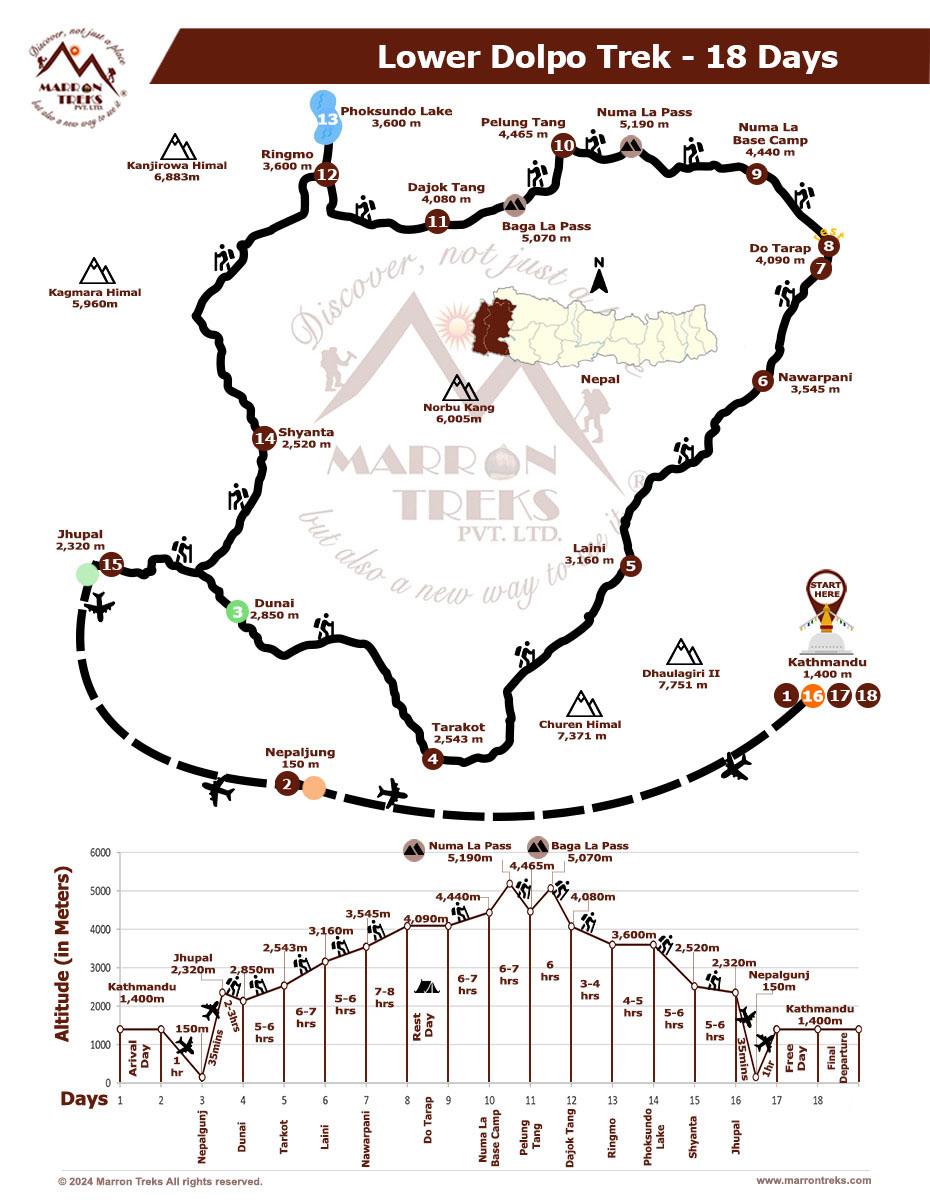
Trip Info
Accommodation
While you are in Kathmandu, we opt to accommodate you in 4- or 5-star hotels like Hotel Royal Singhi (4-star), Hotel Manaslu (4-star), Radisson (5-star), Yak & Yeti (5-star), or similar. During the trek, your primary accommodation will be tents. These are typically high-altitude, double-walled tents for better insulation and weather protection. You'll camp at designated campsites along the route. These are chosen for scenic beauty, flat ground, and access to water sources. Your trekking crew will set up tents that include your own personal tent, dining tent, toilet tent, and staff tent.
Meals
We never compromise the quality of food or the health of the trekkers as well as the crew members. Expect meals packed with carbohydrates and protein prepared by our trained cook to provide sustained energy for long trekking days. Think along the lines of porridge, pasta, noodles, spaghetti, French fries, soups, and dehydrated meals.
Acclimatization
Altitude sickness is a serious risk while trekking in the Himalayas. It's important to acclimatize properly by spending a few days at lower altitudes before heading higher. By spending time at lower altitudes before pushing higher, your body has time to adjust. Our trekking packages have enough acclimatization days planned where you'll be spending a day or two at lower altitudes, allowing your body to adjust to the increasing altitude.
Drinking water
You can fill your bottle with boiling water. To make water drinkable, you can use water purification tablets too. But, due to hygienic issues, you should avoid drinking water from taps, rivers, or wells in trekking areas.
Communication
Our office in Kathmandu is in constant communication with your trek guide. In Kathmandu, you can purchase a local SIM card for communication purposes. At high elevations, the mobile signal might not be as strong, though.
Luggage
Our porters are paired with one trekker for every two hikers, and one porter can safely carry 30 kg maximum weight. Therefore, we advise you to fill your duffle bag not more than 15 kg with your belongings. You may carry a small backpack with your valuables and informational documents. The things you are not taking along on the trek can be stored in a hotel in Kathmandu free of charge.
Typical Trek Day
Mostly your trek day starts with breakfast at 7-8 am, followed by a 3-4 hour morning trek. Lunch break is around an hour, then you continue trekking to your destination for the day. After reaching the teahouse lodge, you can relax, explore nearby areas, and enjoy dinner at 6-7 pm. Evenings involve socializing, a trek briefing, and leisure activities before bed.
Travel Insurance
It is advised that you arrange your travel insurance before leaving your homeland. The main thing is to make sure that your insurance covers you for both medical and evacuation costs. Having travel insurance with you makes your trip secure and hassle-free.
Our Guides
Guides play a significant role during the trek. They are the ones who literally decipher the trekking codes for you so that you can actually connect with nature, culture, and people along the way. We have helpful and dedicated trekking guides who are very well-versed in the culture, life patterns, and every single detail pertaining to the trek region you are traveling in. Thus, in the company of our professional Sherpa guides, your trek becomes not only entertaining but also equally informative.
Porter and Staff Care
When it comes to high-altitude trekking, porters and staff members make up a pivot. Marron Treks ensures that all the porters and staff members going to high altitudes are provided with adequate clothing and equipment. All our field staff are covered by insurance.
